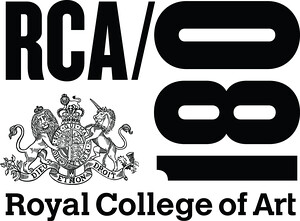“Architectural Devices”
Godofredo Enes Pereira responds to Rupali Gupte and Prassad Shetty, “The One-Foot Shop”
“Popular architecture’s devices emerge out of scarcity (of employment, of food) and are composed out of limited resources (of funds, of materials, of infrastructures, of design expertise). They are creative only insofar as people need to live and make a living. In other words, popular architecture is not moved by a willingness to experiment, but rather by entrepreneurship, survival or even desperation. These are territorial and cannibal devices: grounded in life, they eat whatever they can or is available, be it timber or plastic, symbolic or financial. Popular devices are neither part of a critical project against land ownership or real estate, nor do they promote legal indeterminacy or a romantic view of architectural diversity. If it works, it works; if it doesn’t, try again, something else. One has to keep living.”
“Greater Aspirations”
Tanya Eskander responds to Felicity D. Scott, “Lesser Worlds”
“While Scott argues that the human element is still ‘key’ in driving research at NASA, and that according to Canguilhem humans both adapt their ‘milieu’ and are adapted by it, the psychological implications of placing an individual in alien environments where perception is fundamentally altered are not yet fully understood. Mental well-being, lack of sensory stimuli, and friction between crew members is a serious concern for our future in outer space, and with its frontiers of space moving ever outwards, these problems exacerbate. Will humanity have to sacrifice, or as Scott puts it, ‘crucify’ elements of itself to remain central to the progress of Space development? Current developments in space architecture are largely driven by cost efficiency and functionality, yet we should consider the value of Humanistic form. Although humans can acclimatize, psychological comforts from familiar objects help them thrive rather than just survive. As kitch as it may seem, features common to urban and suburban terrestrialism such as clock towers would continue to act as landmarks in alien environments, counteracting the lack of orientation often experienced by astronauts. Instead of a constraint, this could be seen as an opportunity. Rather than simply reusing existing features from a particular era, can we not reinterpret the fundamentals and elements of (sub)urbanity to create a new architectural language for a novel humanity?”
Superhumanity conversations is a collaboration between e-flux Architecture and the Royal College of Art School of Architecture.


